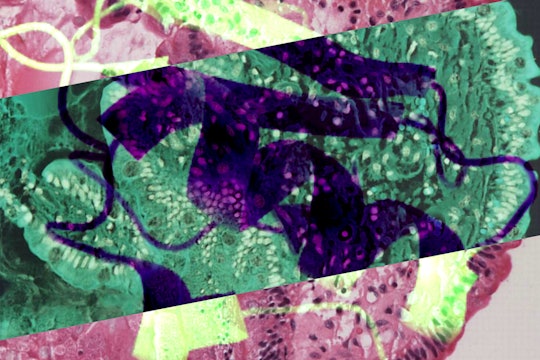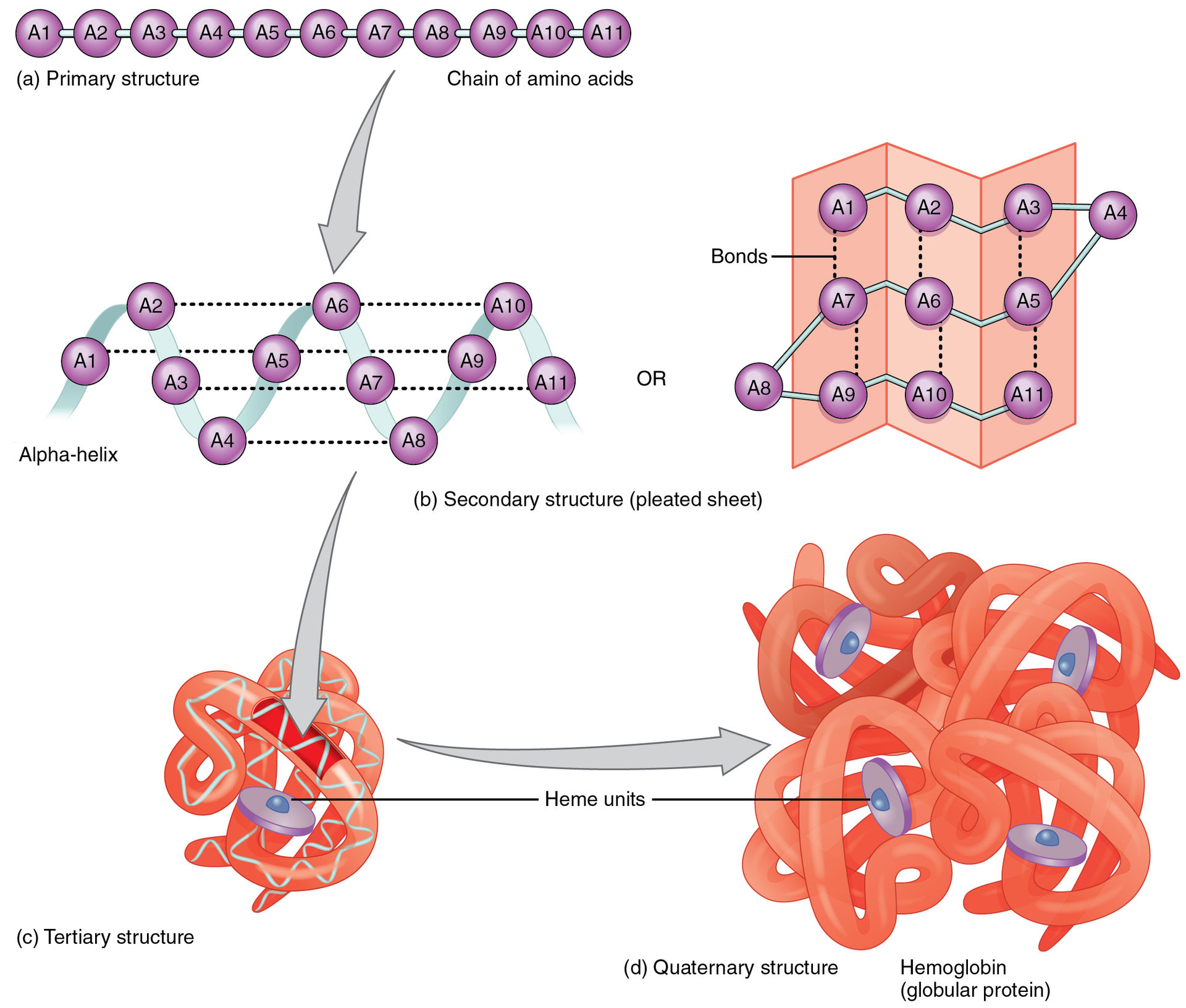
Diabetes is a much stranger disease than I realized
We don't really know what causes diabetes, but it involves these misshapen proteins infecting each other
What is diabetes?
If you had asked me a few weeks ago, I would've shrugged and mumbled something about sugar and insulin. It's an autoimmune disease, right? I don't know where I picked that assumption up, but it's a pretty common one: the body attacks the pancreas for some reason and, voila, diabetes.
In truth, we actually don't know what causes diabetes, even though it afflicts over 9 percent of the U.S. population. But there's a niggling hint under the microscope. The vast majority of people with the more common type II diabetes have deposits of twisted, rope-like proteins in their pancreases called "amyloids." These same amyloids occur in other parts of the body in diseases like Alzheimer's, Parkinson's, Creutzfeldt-Jakob Disease (CJD, also known as Mad Cow Disease), and possibly Chronic Traumatic Encephalopathy, the thing that football players get from being repeatedly hit in the head. An infectious amyloid, one that can pass from person to person, is called a prion.
A normal protein in your body is folded into a particular shape. That shape is necessary for the protein's function in the same way that chairs are shaped so you can sit in them but not lay down and sleep in them. Sometimes, though, a protein mistakenly folds, or "misfolds," into another shape. It can then touch another, normal copy of that protein, cause that protein to misfold too, and start a chain of misfolded proteins – an amyloid.

The four structures of protein folding.
For anyone studying these diseases, this is the big black box at the center of their universe: how an amyloid makes a normal protein misfold and get added to the chain is a total mystery. This misfolding snowballs, picking up more and more proteins, forming rigid, twisting rods. But we don't know how any of this contributes to diabetes. Potentially, these packs of misfolded proteins kill off pancreas cells and set the symptoms of diabetes in motion."
To try and confirm this, Claudio Soto and his colleagues at the University of Texas Medical School in Houston did an experiment to see if amyloid from a diabetic pancreas can spread to a healthy pancreas. They took a pancreas from a diabetic mouse and blended it into a smooth goop, with a consistency not unlike a milkshake. Then they made an incision in a healthy mouse and squirted some of that diabetic goop right into its pancreas.
Misfolded proteins started to accumulate in the pancreases of the previously healthy mice, and they started to develop symptoms of diabetes. Blood glucose levels spiked a few months after inoculation, and the cells in the pancreas responsible for secreting insulin – which lowers blood glucose levels – died off en masse.

An example of amyloids (homogenous pink masses) in a small intestine.
To rule out other causes for the amyloids in healthy mice, like errant biological matter in the injected goop, the researchers then took their query a step further. They chemically synthesized the prone-to-misfolding protein, piece by piece, in a test tube, so that there was no possibility of contamination from another biological source. Then, they made amyloids by shaking them in a circle overnight, causing these proteins to clump together. If that reminds you of the head-rattling that football players go through, well, me too.
When they injected these synthetic amyloids into mice, they saw the same thing – the mice's pancreases also accumulated amyloids, insulin-secreting cells died off, and the mice developed symptoms of diabetes. This suggests that these amyloids are a major cause of diabetes – and that diabetes is infectious.
But there's no need to be worried: amyloid diseases are either rare, very hard to catch, or both. Many amyloid diseases are only infectious in the "injected with a diabetic pancreas milkshake" sense, which doesn't happen in most people's day-to-day lives. There have been cases of CJD, the human version of mad cow disease, being passed through organ transplants, but this, again, is uncommon. It's happened three times ever.
Though it would be hard to catch diabetes from someone else, it's still impossible to cure it once you have it. So the next challenge is to figure out how. Most research focuses on ways to block amyloids from accumulating new protein and growing, but it's also possible that the gene-editing tool CRISPR, which has the science world in a tizzy over potential-but-unlikely designer babies, might actually be able to prevent amyloid diseases.
In the past, sheep have been bred to be resistant to scrapie, which is related to CJD. And large parts of the human population are genetically resistant to CJD. So it's not outside the realm of possibility that this could be possible with diabetes, too. The days of insulin pumps and blood sugar skin pricks may be numbered.
